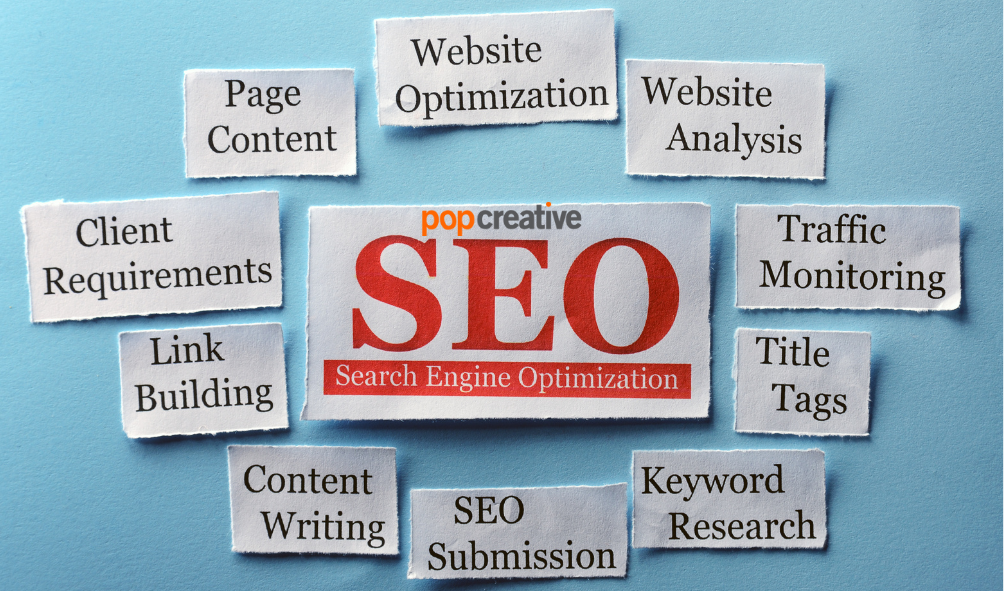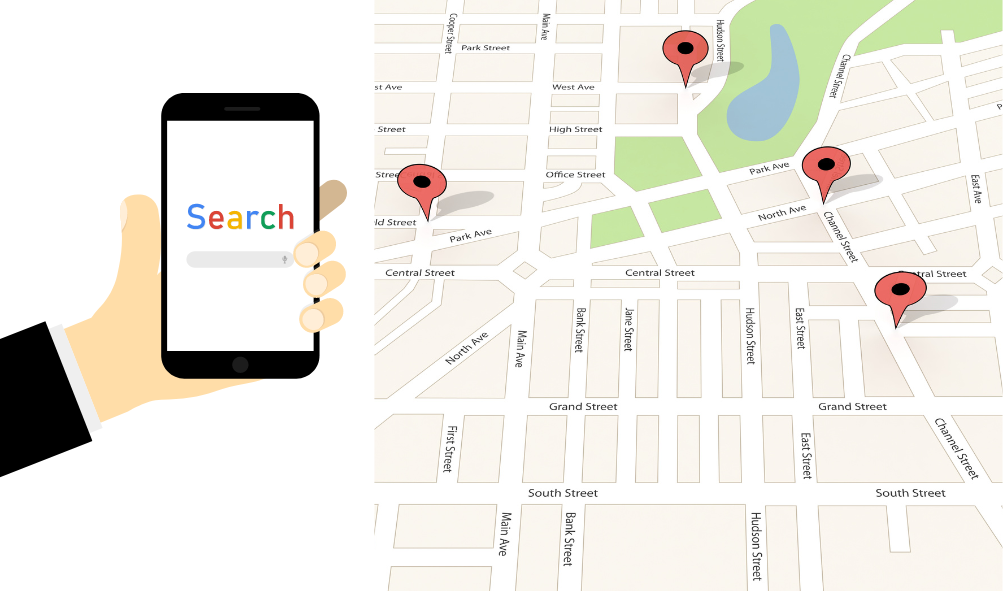Ever wondered how some businesses seem to dominate the local search results in Google Maps and search? The answer is simple: Google My Business. As a business owner, claiming and optimizing your Google My Business listing should be one of your top priorities. It’s your key to appearing prominently in the local search results for your target customers.
When people search for businesses like yours, you want your name and information to appear at the top of the list. Google My Business makes that possible. It’s a free tool that allows you to input all the details about your business so you can rank higher in Google’s local algorithm. You can add your business name, address, phone number, website, photos, videos, and more. The more complete and optimized your listing is, the better your chances of ranking well and driving new local customers and sales. If you’re not taking advantage of this powerful free resource, you’re missing out on connecting with potential new customers that are actively searching for businesses like yours. Make claiming and optimizing your Google My Business listing a priority this week. Your business success could depend on it.
What is Google My Business and Why it Matters
Google My Business is Google’s free tool for local businesses to manage their online presence across Google Search and Maps. It’s your key to showing up prominently in local search results and getting discovered by customers.
Why it Matters
As a local business owner, ranking highly in local search results is critical to your success. Over 50% of searches on Google have local intent, meaning people are looking for nearby businesses, stores, or services. If you’re not optimizing your Google My Business listing, you’re missing out on a huge opportunity.
Here are a few of the major benefits of Google My Business:
- Appear in the Local Pack. The top 3 businesses that show up prominently in local search results, with info like your address, hours, and photos. This prime real estate gets a lot of clicks.
- Improve your local SEO. By fully optimizing your listing with relevant details, you can rank higher in local search and drive more traffic to your website or store. Use important keywords in your business name, description, and categories.
- Build trust and credibility. A complete and verified Google My Business listing establishes your business as legitimate and reputable in the eyes of customers. It’s a chance to share authentic photos, positive reviews, and helpful information about your company.
- Insights to improve your marketing. Google My Business provides data on how people interact with your listing like how many views, searches, clicks, calls, or directions requests you’re getting. Use these insights to better reach potential customers.
Google My Business is the foundation for local search success. Put in the effort to optimize your listing and you’ll reap the rewards through increased visibility, traffic, and ultimately, revenue. It’s worth the investment for any local business.
How to Optimize Your Google My Business Listing
To get the most out of your Google My Business listing, you’ll want to optimize it. Here are some tips to improve your ranking and visibility:
Choose a memorable business name and profile photo. Having an eye-catching name and photo helps you stand out from the competition. Make sure your business name, address, and phone number are up-to-date and accurate.
Fill out your business description. This is your chance to tell potential customers about your business. Mention your products, services, hours of operation, and anything else that makes you unique. Aim for 2-3 short paragraphs.
Post photos of your business. Images help bring your listing to life. Add photos of your storefront, products, staff, and customers. Post at least 5-10 high-quality photos.
Respond to reviews. Reply to both positive and negative reviews in a professional, polite manner. Thank happy customers and address any concerns. Responding to reviews builds trust and shows you value feedback.
Add a business website and social media links. Provide links to your official website, Facebook, Twitter, and other social media profiles. This makes you look more credible and gives customers more ways to connect with your business.
Continuously update your listing. Update details like your hours of operation, products, services, photos, and videos regularly. An outdated listing won’t rank as highly and won’t provide an optimal customer experience. Stay on top of it!
Following these best practices will help boost your visibility in local search results. An optimized Google My Business listing is a key part of any effective local SEO strategy. Put in the work now and reap the rewards through increased foot traffic and revenue!
Advanced Google My Business Tactics to Boost Local Rankings
Once you’ve claimed and optimized your Google My Business listing, it’s time to take it to the next level. Here are some advanced tactics to improve your local search rankings and visibility.
Encourage customer reviews
Customer reviews are social proof that builds trust in your business. Politely ask happy customers to leave you a review on your Google My Business listing. Respond to both positive and negative reviews promptly and professionally. Keep a positive attitude in your responses to negative reviews.
Post regular updates
Post updates, events, news, and photos to your Google My Business account twice per month or more. Updates keep your listing active in Google’s eyes and give customers a reason to check in on your profile. Share details on sales, new products, awards, or community involvement.
Build your Q&A
The Q&A feature allows customers to ask questions about your business, products, or services and get answers from you directly. Provide prompt, thorough, and helpful responses to questions to build your credibility and authority. Check your Q&A regularly and reply to new questions within 24 hours.
Add high-quality photos
Photos bring your listing to life and help you rank higher in image searches. Post at least 5-10 high-resolution photos of your business, staff, products, services, and events. Photos should be well-lit, in focus, and showcase the best your business has to offer. Update your photos every few months to keep things fresh.
Create blog content
Start a business blog and link to posts from your Google My Business account. Fresh, high-quality content that mentions your business name, location, and products or services will give Google more reasons to rank your listing prominently in local search results. Blog about your industry, community involvement, staff highlights, new products, or behind-the-scenes stories.
Using these advanced techniques will strengthen your online presence, build a loyal customer base and achieve local search dominance. Consistency and active engagement are key, so commit to optimizing your Google My Business listing over the long run.
Conclusion
You’ve learned about the power of Google My Business and how it can transform your local search presence. Now it’s time to take action. Connect your business and start optimizing your listing. Choose eye-catching photos, craft an enticing description, and engage with customer reviews and Q&A. The more you put into your Google My Business profile, the more you’ll get out of it. People will start to find you when searching for businesses like yours in your area. Your phone will ring more often. Foot traffic will increase. And before you know it, you’ll be dominating the local search results and bringing in new customers every single day through the power of Google. What are you waiting for? Start boosting your local search rankings now. The rewards are huge for those who make the effort.
Looking for a reliable digital marketing agency to help you create and optimize your Google My Business Profile? Pop Creative is one of the most trusted digital marketing agencies in South Florida that drives results. Call 786-477-6760 or request a FREE quote today.















Recent Comments